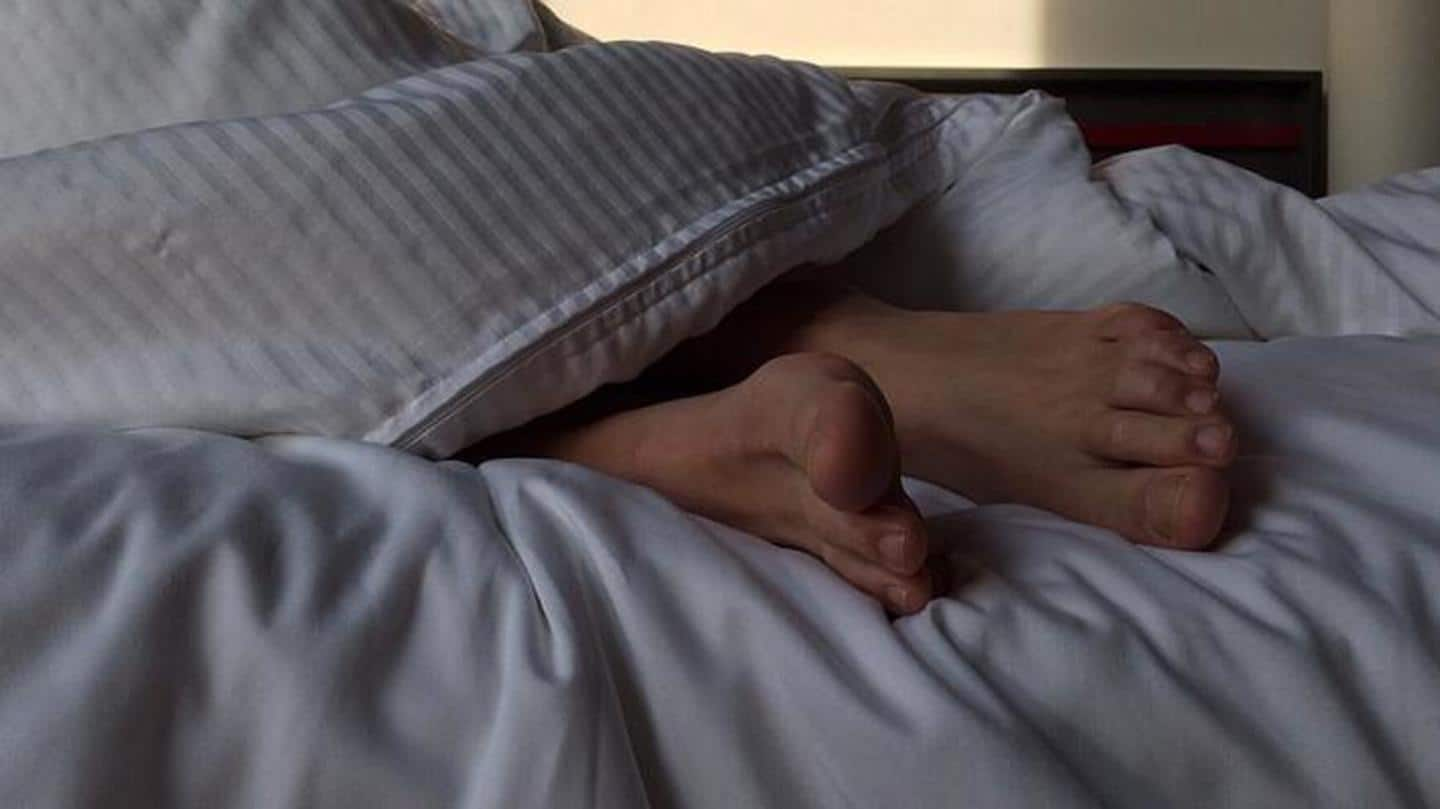
REM sleep: Benefits, tips to sleep better, and more
What's the story
Rapid Eye Movement sleep or REM sleep is the final stage of dozing off that occurs 90 minutes into the sleep cycle. REM sleep occurs several times during every sleep cycle and quality REM sleep plays a vital role in a person's emotional and physical well-being. Read on to know how you can sleep better, tips for improved REM, and more.
REM sleep
What is REM sleep?
A person's sleep cycle begins with non-REM sleep and slowly progresses to the REM sleep stage. The first phase of REM lasts about 10 minutes and the later stages eventually get longer. The final REM stage may even last up to an hour. The brain is active during the REM stage and you may also have intense dreams during REM sleep.
Benefits
What are the benefits of REM sleep?
The human body secretes the growth hormone during the REM cycle and this aids in the growth and development of the body. Other benefits include cell regeneration, an increased blood supply to muscles, and the repair of tissues and bones, among others. Further, there is also an increase in glucose metabolism in the brain, which aids in memory and overall learning, too.
Lack of REM
What happens when you don't get enough REM?
Studies conducted in animals suggest that reduced REM sleep can cause abnormalities in defensive responses in threatening situations. Further, those who are deprived of REM sleep report an increase in migraines. Another important side-effect of not getting REM sleep is weight gain and obesity. Lack of quality sleep is also linked to Alzheimer's disease, heart diseases, diabetes, and stroke.
Tips
Tips for quality sleep and better REM
Establish a sleep schedule and follow the same waking up and sleep time as much as you can. Avoid drinking caffeine and alcohol in the evenings, as it can stimulate your brain to stay awake, which can interfere with your sleep. Follow a bedtime routine like a warm bath, meditation, and relaxing music to slowly ease your body into sleep.